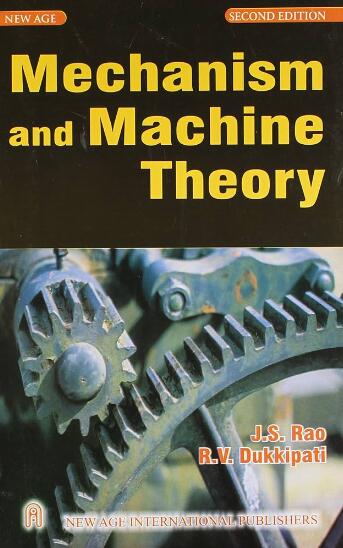用于长冲程直线运动重力补偿的永磁阵列的设计优化和验证
IF 4.5
1区 工程技术
Q1 ENGINEERING, MECHANICAL
引用次数: 0
摘要
传统的重力补偿方法,如基于弹簧或配重的方法,通常会引入额外的摩擦和/或惯性,并且需要辅助的力传输组件。尽管基于磁铁的设计通过非接触磁力减轻了这些缺点,但它们在长行程线性运动中的有效性仍然有限。本文提出了一种用于线性运动被动重力补偿的永磁阵列,使有效载荷在垂直运动范围内平衡,该运动范围是所使用的立方磁铁边长的几倍。设计过程优化了固定在框架上的磁铁的位置和方向,这些磁铁与附着在有效载荷上的磁铁相互作用,以产生必要的反作用力。两个示例演示了所提出的设计。第一个实现了超过92%的重力减轻,有效载荷重量是磁铁重量的20倍,行程范围是磁铁高度的6倍。第二个例子通过在有效载荷上加入额外的磁铁来增强平衡能力。其中一个设计在实验中得到了验证。最后,本研究探讨了最佳磁体分布模式、理想磁体与行程比、扩大平衡能力的方法以及所提出概念的可扩展性。本文章由计算机程序翻译,如有差异,请以英文原文为准。

Design optimization and validation of a permanent-magnet array for gravity compensation in long-stroke linear motion
Conventional gravity compensation methods, such as spring- or counterweight-based approaches, often introduce additional friction and/or inertia and require auxiliary force transmission components. Although magnet-based designs mitigate these drawbacks through non-contact magnetic forces, their effectiveness in long-stroke linear motion remains limited. This paper presents a permanent-magnet array for passive gravity compensation in linear motion, enabling payload balancing over a vertical motion range several times the side length of the employed cubic magnet. The design process optimizes the positions and orientations of magnets anchored to the frame, which interact with a magnet attached to the payload to generate the necessary counteracting force. Two illustrative examples demonstrate the proposed design. The first achieves over 92 % gravity reduction for a payload weighing 20 times the magnet's weight, with a travel range six times the magnet's height. The second example enhances balancing capacity by incorporating additional magnets on the payload. One of these designs was experimentally validated. Finally, the study explores optimal magnet distribution patterns, the ideal magnet-to-travel-range ratio, methods to amplify balancing capacity, and the scalability of the proposed concept.
求助全文
通过发布文献求助,成功后即可免费获取论文全文。
去求助
来源期刊

Mechanism and Machine Theory
工程技术-工程:机械
CiteScore
9.90
自引率
23.10%
发文量
450
审稿时长
20 days
期刊介绍:
Mechanism and Machine Theory provides a medium of communication between engineers and scientists engaged in research and development within the fields of knowledge embraced by IFToMM, the International Federation for the Promotion of Mechanism and Machine Science, therefore affiliated with IFToMM as its official research journal.
The main topics are:
Design Theory and Methodology;
Haptics and Human-Machine-Interfaces;
Robotics, Mechatronics and Micro-Machines;
Mechanisms, Mechanical Transmissions and Machines;
Kinematics, Dynamics, and Control of Mechanical Systems;
Applications to Bioengineering and Molecular Chemistry
 求助内容:
求助内容: 应助结果提醒方式:
应助结果提醒方式:


